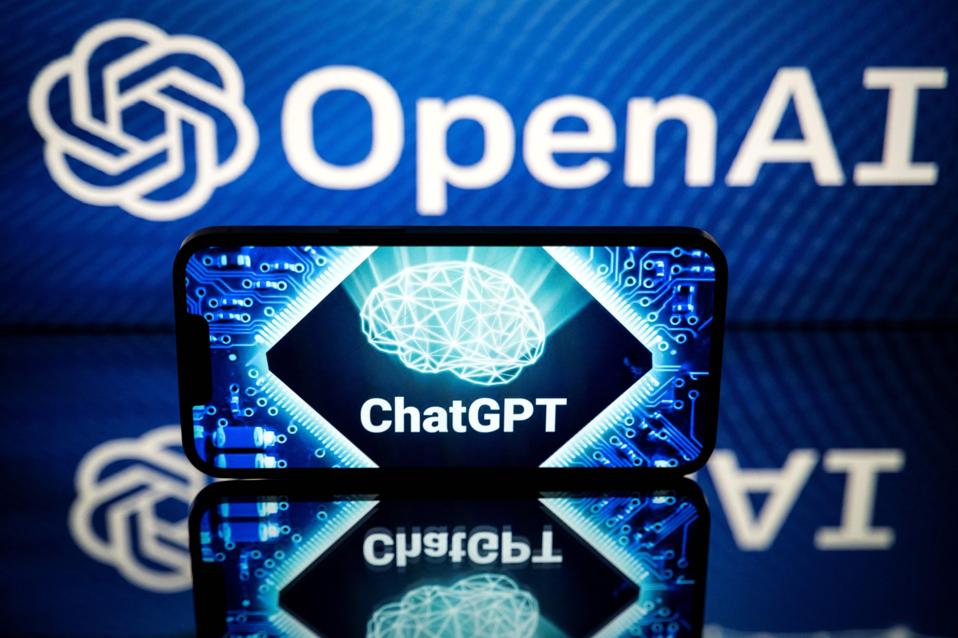Much has been made of how AI has the potential to replace a wide variety of human activities in the business world — but the truth isn’t as dire as some might be led to believe. In reality, your workflow is still going to be largely human first, no matter how good technology gets.
However, by integrating the right AI partnerships into your workflow, you can enhance your current human to human partnerships, as well as a wide range of activities that make up your normal work day.
AI is clearly poised to play a major role in the future of business, which makes understanding how to implement it with your existing workflow and human partnerships an absolute must. Here’s how you can ensure this process goes smoothly.
1. Identify Your Current Inefficiencies
Implementing AI just for the sake of using AI isn’t going to help your workflow. Instead, leaders should evaluate current inefficiencies where artificial intelligence could have a meaningful impact on work processes.
One example of AI in action comes from a partnership between the National Domestic Violence Hotline and Genesys. After the Hotline saw a significant spike in calls during the COVID-19 pandemic, the organization recognized it needed tech to decrease wait times and serve more people.
To that end, the Hotline and Gensys used tech to automate data collection and create digital and voice bots for use across all channels that individuals might use to contact the Hotline. This helped human operators save one to two minutes per call — which really adds up for an organization that receives thousands of calls per day.
Such applications may not generate as many headlines as ChatGPT, but are a clear example of how AI-powered tech can fuel meaningful partnerships without eliminating the human element. But it all starts by understanding your current inefficiencies and recognizing that AI could help provide a solution.
2. Assess If AI Could Expand Your Offerings
At the heart of every significant technological transformation is the opportunity for businesses to capitalize on newfound capabilities to unlock new services, solutions and innovations — or to enhance their current offerings. The same is true of AI partnerships, which enable businesses to push the boundaries of what they currently offer to their customers.
Businesses must consider the various roles AI could play in enhancing the user experience, operational efficiency and product diversification. Imagine the implications of introducing AI-driven features or solutions to your services — would it lead to more efficient processes? AI partnerships can very easily present opportunities for novel product lines or customer solutions.
Sasha Tityanko, deputy CEO and art director at entertainment-focused metaverse developer Sensorium Galaxy, which has designed an entire tech stack for AI music generation and creator tools to customize 3D spaces and avatars, asserts, “The rise of metaverse influencers and the potential of virtual impresarios emphasizes the limitless potential of AI in redefining industry norms. AI generation provides creators with diverse customization tools with expansive potential, which opens up new partnership opportunities as they become capable of offering a broader range of services. AI can redefine and enhance the landscape of your industry as you use these partnerships to unlock new service offerings.”
3. Establish Clearly Defined KPIs
As with any other partnership, AI integrations should only be adopted with clearly defined key performance indicators that help you determine if it is delivering the desired outcomes.
Any kind of AI partnership must align with your overarching goals and help deliver on the KPIs that matter most for the workflow you are trying to improve — whether that be digital marketing or software security.
With well-established KPIs, you can better evaluate potential AI partners and their capabilities. Depending on the scope of the potential AI implementation, you may also want to seek input from other partners or employees to determine which KPIs are most meaningful for this new partnership. KPIs should be adapted to the needs of your business and the problems you intend to solve with AI.
4. Measure The ROI
Finally, even after integrating an AI partnership as part of your standard workflow, you must consistently assess whether it is helping you meet your KPIs and delivering a worthwhile return on investment.
As Patricio Paucar, co-founder of Navi explains in an interview with the Arizona Daily Sun, “Measuring the ROI of AI implementation requires a comprehensive understanding of both the costs and benefits of the technology. This includes not only the direct costs of implementing and maintaining AI systems but also the indirect benefits such as improved customer satisfaction and increased revenue.”
While the bottom line outcomes are certainly important, much of the influence of an AI partnership will likely be seen in areas that don’t necessarily have a direct impact on revenue. By opting for a more holistic approach to measuring ROI, you can have a better idea of whether an AI partnership is delivering the desired outcomes for you and your human partners.
Getting Beyond The Hype …
There’s been a lot of hype — and a lot of misunderstandings — surrounding what AI is capable of and how it can be used in the business world. While there will undoubtedly be missteps as businesses learn to integrate AI, it’s important to continue to put your human partnerships first. Adopting new tech does not require you to upend these relationships — nor should it. That is a short-sighted view that will likely hurt your business in the long run.
Instead, by focusing on how AI can work in tandem with a human-first workflow, you and your existing partners can achieve stronger results than ever before.

